Photo







Shenandoah National Park
Scenes from my trip to Virginia to visit this beautiful place. The park is long and narrow with a central road called Skyline Drive running through the length of it. I spent the time there driving on the beautiful winding roads, hiking several of the trails with breathtaking views of either waterfalls or the valley below, enjoyed watching the sunset while the fog slowly creeped its way through the trees, then stayed even as night fell in order to see the whole scene bathed under the moonlight.
Photographed by: Paolo Nacpil ( tumblr | instagram )
5K notes
·
View notes
Text
I am extremely excited to announce you can now grab a copy of my book, The Sons of Skyland, and spend the fall in Shenandoah with Seamus and the CCC boys as they help create one of the most visited national parks in the nation.
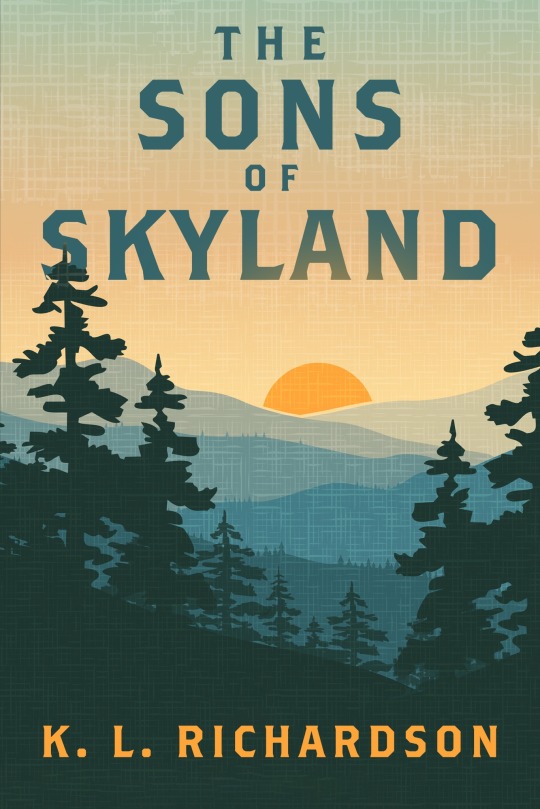
#civilian conservation corps#historical fiction#shenandoah national park#nps#national park service#Tree army#the boys in green#the great depression#the new deal#Skyland#big meadows lodge#Mary’s rock tunnel
0 notes
Photo
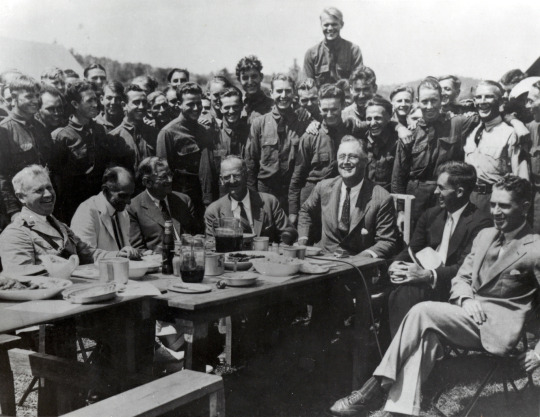
“There is nothing I love in nature so much as trees.”
On April 5, 1933, FDR issued Executive Order 6101 establishing the Civilian Conservation Corps, known to most people simply as the CCC. The CCC was responsible for the planting of more than 2 billion trees, while providing jobs for young American men.
Roosevelt understood that beyond their sheer beauty, trees provided shade, kept soil from eroding, provided protection from the wind and helped purify the air. These were very important to help restore and protect the soil from damage done by the years of drought during the Dust Bowl.
📷: NPx 54-499 - August 12, 1933. Franklin D. Roosevelt, with (from left to right) Robert Fechner, Henry Wallace, and the men of Civilian Conservation Corps Company 350 (in rear) at CCC Camp Big Meadows in the Shenandoah Valley, Virginia.
49 notes
·
View notes
Text
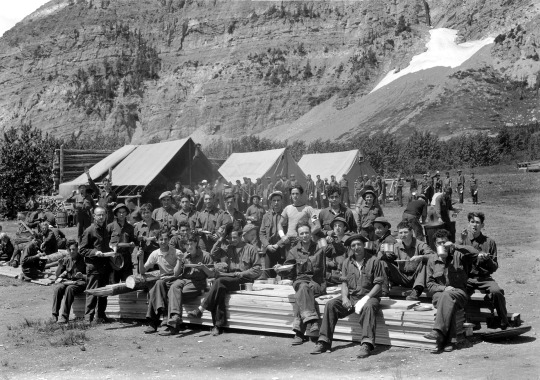


The CCC in Glacier
In 1933, Congress authorized the Civilian Conservation Corps (CCC) as part of President Franklin D. Roosevelt’s New Deal program. The purpose of the CCC was to provide employment for young men during the Great Depression through public works in National Forests and National Parks. In Glacier, eight CCC camps employing almost 1,600 men were established during the first year of the program.
This influx of labor allowed Glacier to tackle a multitude of projects that had previously lacked funds and employees to complete. Virtually every district in the park had work done to enhance visitor and administrative services. Over 150 acres of campground sites were prepared for use and roadside cleanup was done over many miles. Buildings, trails, roads, and telephone lines were constructed and maintained throughout the park. Sewer and water systems were installed, enlarged, or repaired.
One of the CCC's biggest values to the park, as well as to other forested areas, was in handling wildfire. In addition to constructing fire trails and lookouts and assisting with cleanup after the significant 1929 and 1936 fires, CCC crews spent hundreds of thousands of hours fighting active wildfires. Trained crews of 25-50 men stationed in various areas of the park on other work projects could respond to a fire call within minutes.
With the onset of World War II, the last CCC camp in Glacier closed in 1942. During the previous nine years, the CCC, along with other programs like the Works Progress Administration, had facilitated one of the more concentrated efforts toward construction and development in Glacier's history.
You can read more about the history of the CCC and the National Park Service here: https://www.nps.gov/parkhistory/online_books/ccc/
These photos, taken by George A. Grant in the 1930s, show the CCC enrollees eating lunch at Many Glacier (top photo, ca. 1933), carrying telephone cables at Logan Pass, (bottom left, ca. 1938) and chopping wood near Two Medicine (bottom right, ca. 1933)
90 notes
·
View notes
Text
THE CIVILIAN CONSERVATION CORPS | IMAGE GALLERY
Civilian Conservation Corps
During the Great Depression of the 1930s, President Roosevelt’s CCC put 3 million young men to work across America. Living in camps across all 48 states (and the territories of Alaska, Hawaii, Puerto Rico and the US Virgin Islands,) the men of 'the C’s’ created camping areas and hiking trails in State and National Parks, built roads, fought forest fires, constructed dams, and planted 2.3 billion trees — half of the trees ever planted in the U.S. — all for $1 a day. Explore these photos of some CCC boys and their projects.
The average CCC enrollee was 17-18 years old, with limited reading and writing capability. Most boys had not completed high school and had only worked occasional odd jobs for $8-$9 per week. Nearly all had unemployed parents.
While African Americans lost their jobs at a higher rate during the Depression, CCC Director Robert Fechner ordered black enrollment to remain capped at 10%, mirroring the minority percentage in the U.S. population.
3 notes
·
View notes
Text
1934
Jan 7 In Germany, Marinus van der Lubbe, a Dutch communist charged with having set the Reichstage fire, is executed in Germany.
Jan 26 Hitler’s government signs a ten-year non-aggession pact with Poland.
Jan 26 In New York City’s Harlem district the Apollo Theater opens.
Feb 6 Rightists riot in Paris and other French cities in an attempt to overthrow a leftist coalition government. A political crisis follows.
Feb 9 In France, a new government is formed by a conservative: Gaston Doumergue.
Feb 12-16 The Austrian government issues a decree dissolving all political parties except for Chancellor Dollfuss’ Fatherland Front. The government conducts a series of raids against the Social Democrats and the labor movement. They resist in four days of civil war and are crushed. The religiously pious chancellor, Engelbert Dollfuss, establishes a dictatorship.
Feb 16 Britain and the Soviet Union agree to promote trade between their countries.
Feb 23 In Nicaragua, Sandino returns for new talks. Upon leaving the presidential palace he is gunned down by the National Guard, led by Anastasio Somoza.
Feb 24 Nicaragua’s National Guard attacks Sandinista cooperative farms and massacres their inhabitants.
Mar 1 In Japanese-ruled Manchukuo, Pu-Yi, the last of the Qing dynasty, is crowned monarch.
Mar 16 In Morocco, French forces crush three weeks of revolt by Berbers.
Apr 4 The Soviet Union fears a resurgent Germany. It extends its non-aggression pact with Poland and is beginning a massive armament program.
Apr 7 The Soviet Union and Finland renew their non-aggression pact for another ten years. This month the Finnish government outlaws civilians wearing uniforms and political emblems.
Apr 9-12 In the US there are more dust storms.
Apr 21-24 Dust is blown from the Dakotas to eastern Tennessee.
Apr 22 At the Little Bohemia Lodge, near Mercer Wisconsin, the FBI mistakenly shoot a local resident and two Civilian Conservation Corps workers. This alerts John Dillinger and his gang, and they escape, shooting as they go.
May 1 Austria negotiates a concordat with the Vatican which gives the Church in Austria wide powers over education.
May 1-31 The Dutch parliament grants the government emergency powers to regulate trade and industry and to control the activities of extremist political movements. The government prohibits National Socialists (Nazis), Revolutionary Socialists and Socialists from holding political office. Despite these measures, the National Socialists will continued to increase in number.
May 9 A strike by longshoremen begins in San Francisco. It will shut down US ports along the Pacific coast and frustrate businesses that want their goods moved. The Longshoremen want a six-hour day and a hiring hall to replace the company-operated waterfront hall.
May 11-12 More dust storms in the US West, the most severe to date. An estimated 350 million tons of topsoil is blown to the east coast.
May 23 In the Soviet Union, a fear of Germany and fascism is followed by an article in Pravda that signals switch to working with other parties, including Social Democrats, a new position for the Communist International that will be known as the United Front. The Soviet Union is posturing as a defender of European civilization, and fascism is characterised as a corruption of dying capitalism.
Jun 14-15 Adolf Hitler makes a state visit to Italy, intending to create closer relations between himself and Mussolini.
Jun 18 The French begin airline service between their colony Algeria and Brazzaville in the French Congo.
Jun 30 to Jul 1 Hitler sends Göring and Himmler’s SS against Ernst Röhm and his lieutenants – leaders of the Nazi Party’s 2.5 million paramilitary “Brown Shirts.” They are executed, and the opportunity is taken to murder some old enemies of Hitler’s movement. Total killed is 116.
Jul 2 Röhm had been Hitler’s close friend and associate in the 1920s. Hitler wants respectabiity and to bury homosexuality. He pretends to be shocked at Röhm’s homosexuality. President Hindenburg has been told of different motivations. He publicly thanks Hitler for his “determined action and gallant personal intervention which have nipped treason in the bud and rescued the German people from great danger.”
July Regarding recent killings In Germany, DorothyThompson is to say: “I never met anyone in Germany, except a few intellectuals, who minded that these people did not have a trial. It was a though they had forgotten that there ever had been such a thing as law.” (Hitlerland, by Andrew Nagorski, p.166)
Jul 5 The Longshoremen’s strike on the Pacific coast has what is called “Bloody Thursday.” A policeman fires a shotgun, killing a striking seaman and a strike sympathizer. The stike will go on for weeks. Teamsters are hurting and their leadership wants the Longshoremen to compromise, otherwise, they warn, the Teamsters will send their men as strikebreakers.
Jul 10 The French open a 300-mile rail line that connects Brazzaville to the Atlantic coast at Pointe Noire. Construction involved forced labor for ten years that killed nearly ten thousand.
Jul 22 In Chicago, the FBI kills John Dillinger after he leaves a movie theatre.
Jul 28 Speaking in Honolulu, President Roosevelt describes the build up of military forces there as “an instrument of continuing peace.” In Japan, General Kunishiga Tanaka describes it as “insolent behavior” worthy of suspicion. (Human Smoke, p. 51.)
Aug 2 President Hindenburg dies. Adolf Hitler becomes head of state as well as chancellor. Not caring for democracy Hitler doesn’t want the title “president.” He accepts that title “Leader” (Führer).
Aug 8 Germany’s armed forces swear a personal oath of loyalty not to the state but to Adolf Hitler.
Oct 16 Under pressure of Chiang Kai-shek’s forces, Communists begin a “Long March” that will take them across 6,000 miles, 18 mountain ranges and 24 rivers before they reach a safe haven in the northwestern province of Shensi.
Oct 22 Charles Arthur “Pretty Boy” Floyd, 30, who escaped with Dillinger from the Little Bohemia Lodge and killed a lawman in the process, is killed by FBI agents near East Liverpool, Ohio.
Dec 1 In the Soviet Union, Politburo member Sergei Kirov is shot and killed at the Communist Party headquarters in Leningrad. Decades later, Stalin will be thought to have ordered the murder.
Dec 5 In Turkey, a constitutional amendment gives women the right to vote in parliamentary elections.
Dec 8 Mail service by air begins between England and Australia.
Dec 19 The Japanese government renounces naval limitations agreed to in the Washington Naval Treaty of 1922 and the London Naval Treaty of 1930.
IDec 31 By now in Italy, all elementary school teachers must wear the black shirt of the fascist party whenever they are in school.
to 1933 | to 1935
1 note
·
View note
Photo
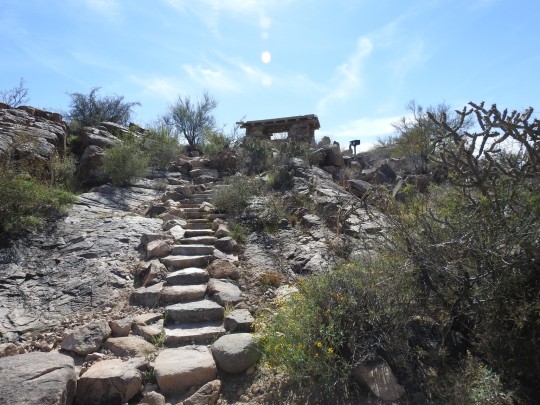

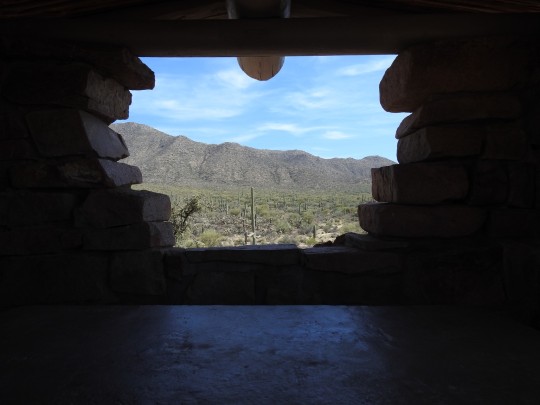
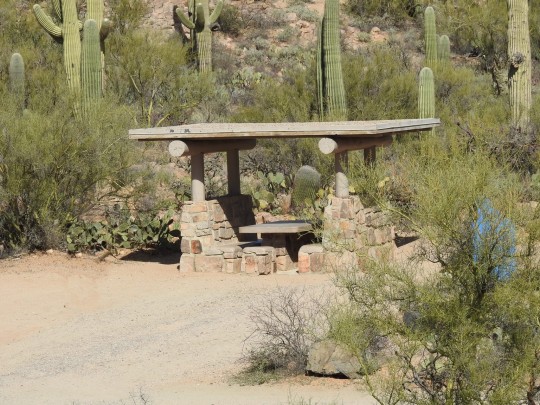
Ez-Kim-In-Zim Picnic Area - March 2022 At the top of the Hohokam Road Loop in Saguaro National Park West is a short, less well-maintained road that leads to a trailhead and to the Ez-Kim-In-Zim Picnic Area. The picnic area was originally built in the 1930s by the Civilian Conservation Corp and several of their structures remain. One of those structures is this high overlook picnic shelter. It is far from handicap accessible, but the view out of the side openings of the shelter– images two and three– would make it well worth the effort for those who can climb the steep stone more-or-less steps. There is also a regular shelter on the level ground– image four– and the view from there is also fantastic. MWM
2 notes
·
View notes
Photo
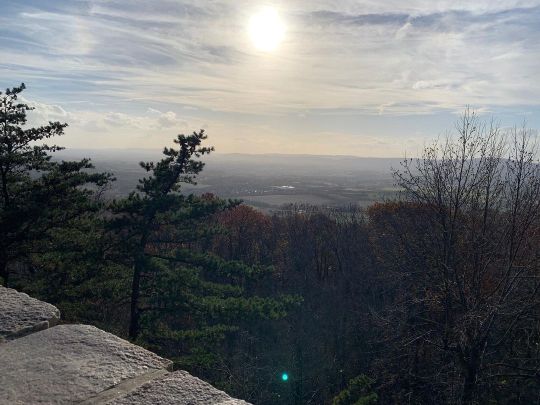
We went up the mountain to see the Middletown valley and The Civilian Conservation Corps constructions from the 30s #livinglife #experiencesoverthings (at Gambrill State Park) https://www.instagram.com/p/CknitzYOp-5/?igshid=NGJjMDIxMWI=
1 note
·
View note
Photo

longhorn cavern is a limestone cave we visited while we were situated at lake buchanan. i was mesmerized by all the various structures and formations underneath the earth, which were formed millions of years ago by an underwater river! we also encountered tiny bats, which our guide lovingly named nuggets 🌟❤️🦇 the premises around the cavern as well caught my architecture loving brain, they were built during the 1920ies by the civilian conservation corps to attract more people to the site. they also were the people who made the cavern accessible to the public!
also, i couldn’t get over the semi-desert landscapes all over the place, everything looked like i imagine mexico to be ( naturally, as it is basically just ‘around the corner 😅 ). it was so unlike anything i have ever seen! (hier: Longhorn Cavern State Park) https://www.instagram.com/p/Ck0pYWHN8zD/?igshid=NGJjMDIxMWI=
1 note
·
View note
Photo










Colorado National Monument (No. 5)
Many of the early visitor facilities at Colorado National Monument were designed by the National Park Service and constructed by the Public Works Administration and the Civilian Conservation Corps. Several of these areas have been placed on the National Register of Historic Places in recognition of this and in consequence of their adherence to the National Park Service Rustic design standards of the time. The entire Rim Rock Drive is a National Historic District, as well as the Serpents Trail, the Devils Kitchen Picnic Shelter, and three places in the Saddlehorn area: the Saddlehorn Caretaker’s House and Garage, Saddlehorn Comfort Station, and the Saddlehorn Utility Area Historic District. The Visitor Center complex is also included as an example of the Mission 66 program.
The park’s geologic record preserves three different groups of rock and sediment. The oldest rocks are Early to Middle Proterozoic gneiss and schist, including the Ute Canyon Stock. Overlying these, and separated by an angular unconformity, are mostly horizontally bedded Mesozoic sedimentary rocks, including the cliff-forming Wingate Sandstone. Overlying these are various types of Quaternary unconsolidated deposits such as alluvium, colluvium, and dunes. The sedimentary rocks are folded into monoclines by several faults, including the Redlands Thrust Fault.
Source: Wikipedia
2 notes
·
View notes
Text
Civilian Conservation Corps, Leeds, Utah
Civilian Conservation Corps, Leeds, Utah

View On WordPress
1 note
·
View note
Text
Lockhart State Park
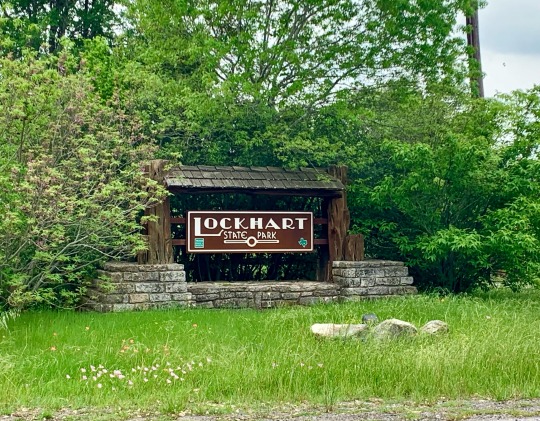
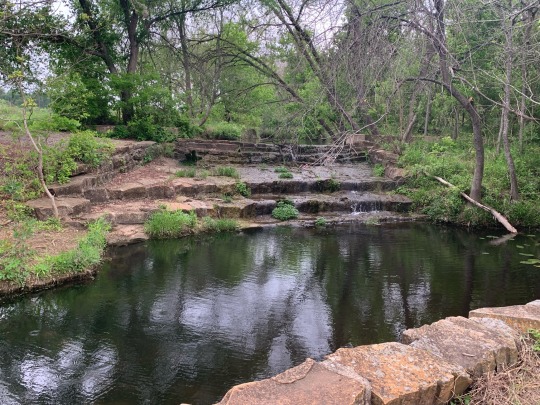
During the Great Depression of the 1930s, local leaders sought to take advantage of the New Deal work programs. They brought the Civilian Conservation Corps Company to build a park at Lockhart.

Original hand carved stones still remain on the dammed up creek.

Many remnants from the original park, such as the edges of a swimming pool still remain today.
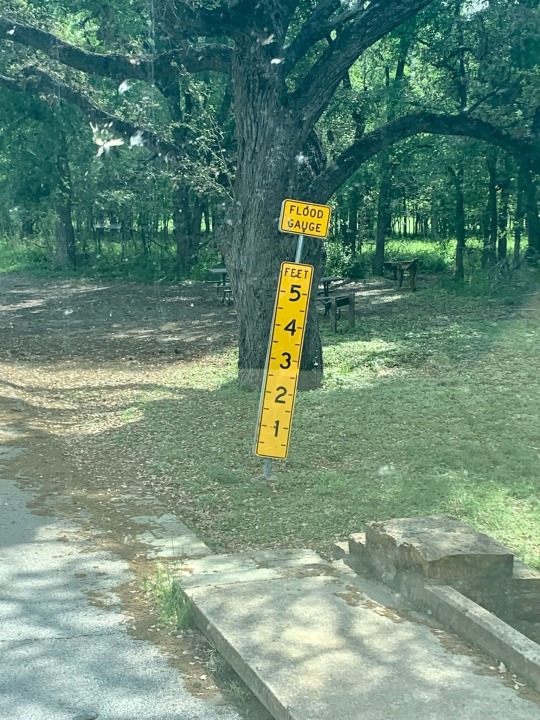
2 notes
·
View notes
Text
Happy #WomensHistoryMonth!
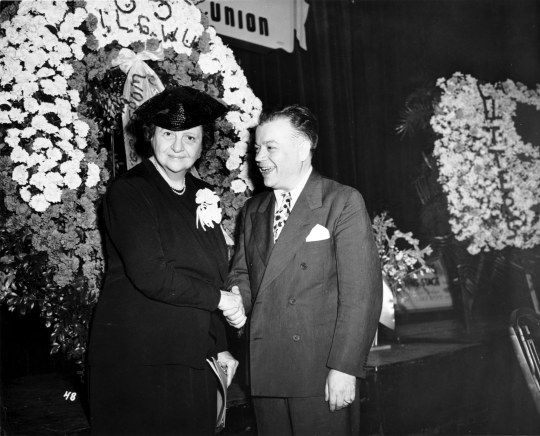
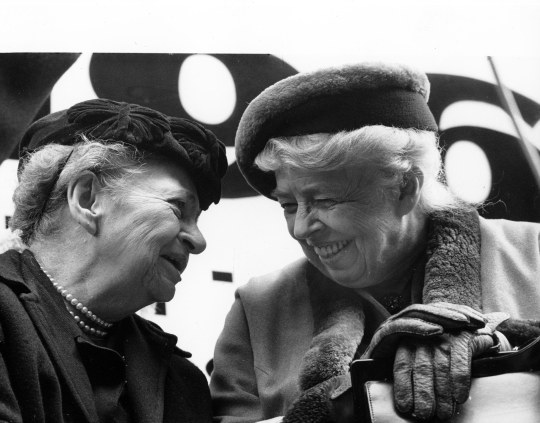
Perkins with David Dubinsky in 1944, and Eleanor Roosevelt in 1961.
Happy March! To kick off #WomensHistoryMonth, our first #LaborOrganizerSpotlight of the month is Frances Perkins.
An avid women’s rights activist from the start, when she encountered the tragedy at the Triangle Shirtwaist Factory, she immediately sought reform and action to prevent similar workplace horrors. Recommended by Theodore Roosevelt, she was appointed executive of the Committee on Safety which was crucial in the creation of the New York State Factory Investigating Commission, which was in charge of ensuring factories were up to code.
Years later, in 1929, then NY Governor Franklin D. Roosevelt appointed her Industrial Commissioner of the State of New York. From there, she persistently encouraged him to take action following the stock market crash, and he appointed her in charge of a committee on employment. Upon FDR’s election, he further admired her tenacity and accomplishment and appointed her the first female Secretary of State, thus the first female on a President’s Cabinet. Her responsibilities included dealing with the issues of the Great Depression, most notably unemployment. Her support and efforts towards the Civilian Conservation Corps (CCC) helped make it one of the greatest successes of the New Deal, but her most significant contribution was the Social Security Program. Serving as chair on the Committee on Economic Security, which created the Social Security Program, the Social Security Act was signed into law in 1935. Additionally, her efforts and ambitions were reflected in the Fair Labor Standards Act of 1935, which established a federal minimum wage and prohibited child labor. (Source: fdrlibrary.org)
Did you know she was a Cornell University #ILRSchool visiting lecturer from 1957 to 1965? And, the Kheel Center has an extensive collection on the labor movement while Perkins was on FDR’s Cabinet: photographs, correspondence, interviews, memorabilia and lectures! See Coll. 5017 and /3047 AV.
#CornellRAD #LaborArchives #LaborHistory #ArchivesOfInstagram #AllLaborHasDignity #KheelCenter #ILRSchool #LaborRights #Strikes #WorkingWednesday #LaborOrganizerSpotlight #ILGWU #FrancesPerkins #SecretaryofLabor #FDR #FranklinDelanoRoosevelt #FranklinRoosevelt #FDRLibrary #TheodoreRoosevelt #TeddyRoosevelt #CCC #CivilianConservationCorps #NewDeal #FairLaborStandardsAct #SocialSecurity #WomensRights #WomensSuffrage #CornellUniversity #TriangleFire #ShirtwaistFactoryFire #WomensSuffrage #LaborSpotlight @CornellILaborSpotlight @ILRSchool @CornellTextileIndustry @CornellFashionCollection
1 note
·
View note
Text
Updated Adult Goals and SoL Saturdays: Bring back the Civilian Conservation Corps
I still have a vision, for which many have called me a hopeless dreamer, of one possible way our society could look, maybe in 70 years, or maybe even…Updated Adult Goals and SoL Saturdays: Bring back the Civilian Conservation Corps

View On WordPress
1 note
·
View note
Text
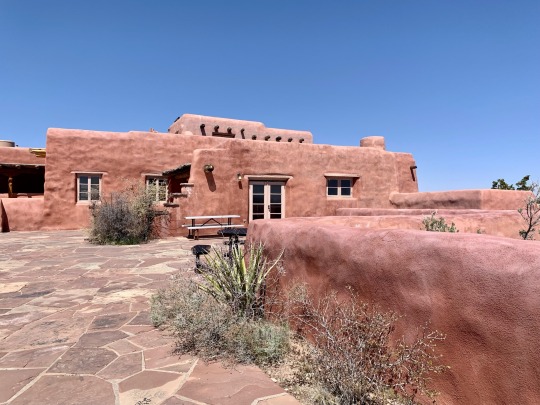
Painted Desert Inn - Located off Interstate 40 and near the original alignment of historic U.S. Route 66, overlooking the Painted Desert.
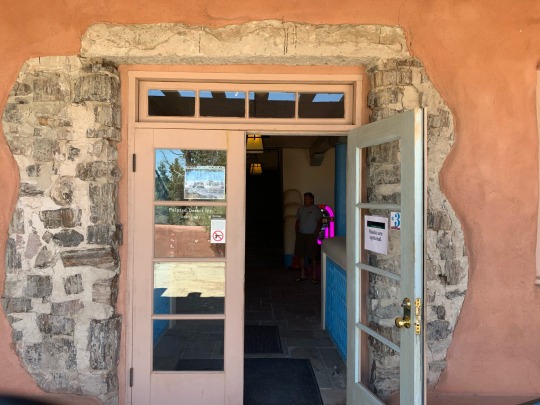
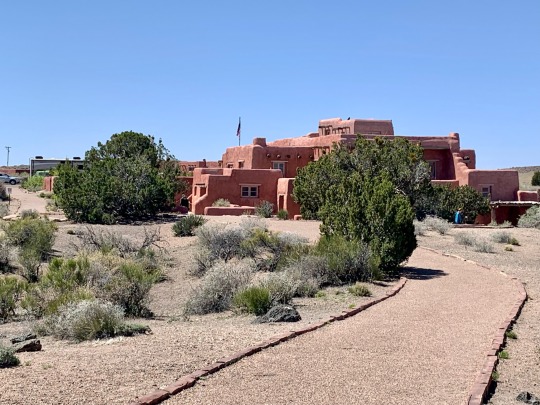
Construction was carried out by Civilian Conservation Corps builders and artisans over 1937–1940. A portion of the main building was remodeled from the 1920s inn on the site, nicknamed the Stone Tree House due to local petrified wood used in its architectural elements as seen on the entrance door.
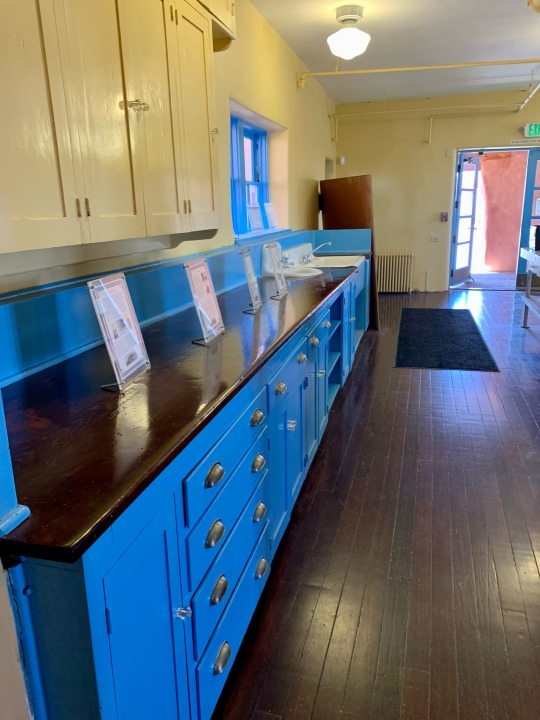
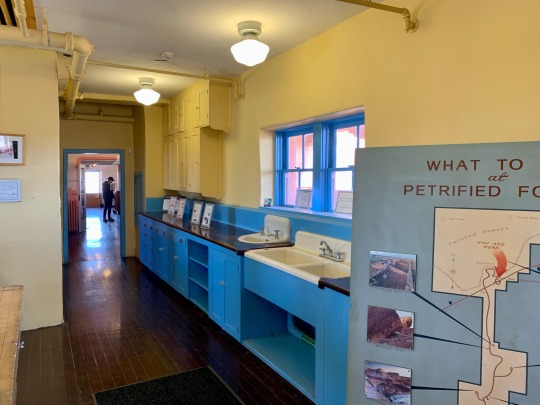
1 note
·
View note
Photo
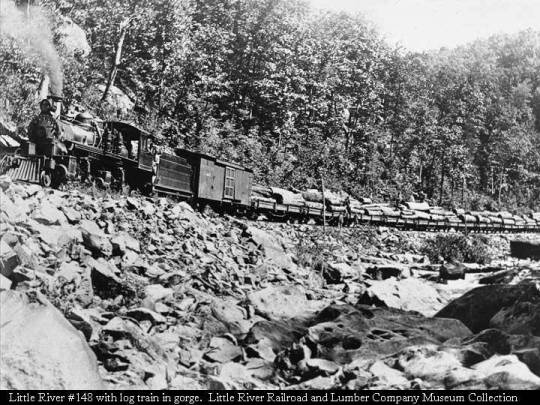
Dozens of miles of abandoned railroad beds leftover from the logging boom in the Great Smoky Mountains were converted into trails by the Civilian Conservation Corps in the 1930s. Many ruins and artifacts from the logging and CCC days can still be found along these trails. “Ramble On” discusses how the trail system in the Smokies (and other national parks) was developed: https://www.amazon.com/dp/B0BTRVVRYT
1 note
·
View note
Text
youtube
National Park Week - sPark Innovation
How do you replace a historic structure while preserving its unique characteristics? The Chinook Entrance Arch spans the width of the Mather Memorial Parkway (SR410) at 5,432 feet on the northeastern boundary of the park. The arch was designed as both an entrance portal and an equestrian overpass, to convey hikers and riders on the Pacific Crest Trail. Built in 1936 by the Civilian Conservation Corps, the rustic-style arch became deteriorated by the elements and nearly eight decades of use, prompting Mount Rainier National Park to undertake a massive restoration project to preserve this historic structure in 2012. Have you driven under the restored Chinook Entrance Arch or walked across it during the summer?
NPS Video. Available with audio description at https://go.usa.gov/xHmYA. ~kl
18 notes
·
View notes